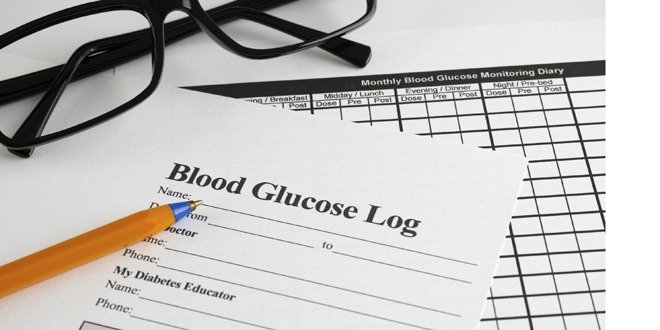Symptoms, Causes, Diagnosis & Risks
Gestational diabetes mellitus (GDM) is diabetes first recognized in pregnancy. This can occur in up to 20% of pregnant women and can often go undetected. If left untreated though, it can lead to complications for you and your baby.
Management
The goal for gestational diabetes is to control blood sugar levels. This is often accomplished with a healthy diet and exercise. If diet and exercise aren’t enough, you may need insulin injections. Some healthcare providers prescribe an oral medication to manage blood sugar levels. Treatment often includes daily blood glucose testing as well.
Lifestyle management
Medication and Monitoring
Risks and Complications
Risks associated with of gestational diabetes include having a larger than normal sized baby, having high blood pressure during pregnancy, and having an early delivery or Caesarian section.










